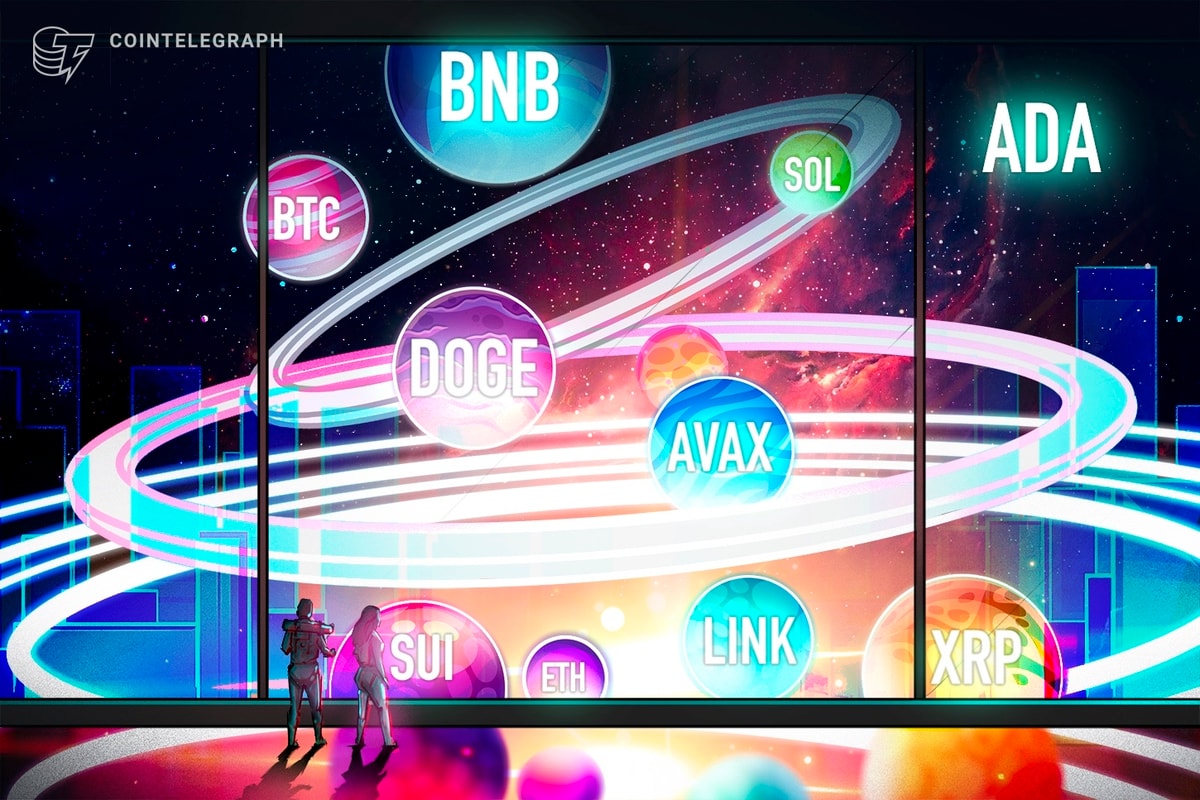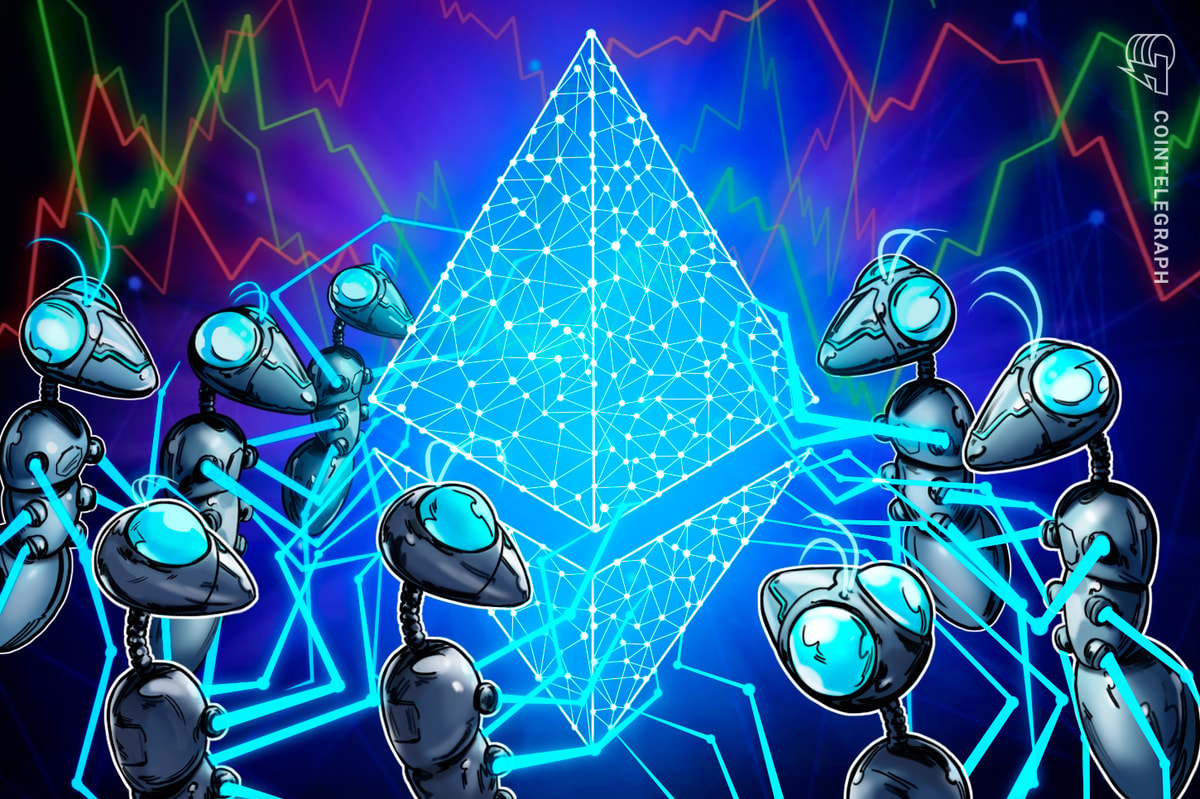In the quest to unlock the full potential of blockchain technology, the digital ecosystem faces a pivotal barrier: the lack of interoperability. As the number of blockchain networks continues to grow, each with unique protocols and standards, the digital ecosystem becomes more and more fragmented.
Hampering the seamless exchange of information and assets across different blockchains, this fragmentation creates a significant hurdle for developers aiming to build truly decentralized applications (DApps) that can operate on multiple platforms.

Interoperable blockchains are crucial for unlocking the potential of blockchain technology. Source: Cointelegraph
Speaking to Cointelegraph, several industry experts, including Animoca Brands CEO Robby Yung, have highlighted interoperability as “the best way to lean into the benefits of the network effects of Web3.”
However, achieving interoperability is easier said than done. Traditional development approaches require a deep understanding of the intricacies of each blockchain, necessitating a high level of technical expertise and often leading to increased development time and costs.
Moreover, the absence of standardized tools and frameworks for cross-chain development means that even experienced developers must start from scratch when building DApps capable of bridging different networks.
Seamless interoperability with omnichain
The omnichain approach, where developers can build DApps that can operate across multiple chains, presents a viable solution to these challenges. By offering a platform that supports the integration of various blockchain networks, omnichains allow applications to leverage the unique strengths of each chain without being hindered by their limitations. Developers can also access a wider range of tools and protocols, significantly reducing the technical barriers and the time required to deploy cross-chain solutions.
Dojima Network is an omnichain layer-1 platform specialized in facilitating the building and deployment of cross-chain DApps, tokens and smart contracts. Standing as a prominent example of the omnichain approach, Dojima’s infrastructure enables seamless expansion across different blockchains, unlocking access to a broader pool of liquidity and user bases.

Dojima Network simplifies cross-chain DApp development. Source: Dojima Network
Enhancing user experience, Dojima Network’s features, including a comprehensive developer dashboard, a cross-chain wallet and a block explorer, are tailored to simplify the complexities of cross-chain development.
Dojima Network joins Cointelegraph Accelerator
Dojima Network’s commitment to improving interoperability and simplifying cross-chain development earned the platform’s inclusion in the Cointelegraph Accelerator, a program aimed at catalyzing fresh Web3 startups and projects. The Accelerator chose Dojima Network as a participant due to the platform’s high developer retention rate and good traction, averaging 1,500 transactions daily.
Since launching its live testnet in the first quarter of 2023, Dojima Network has facilitated over 760,000 transactions, attracted 150,000 unique addresses and connected seven different blockchain chains. The India-based platform’s mainnet launch and token generation event are scheduled for the second quarter of 2024.
Aiming to break down the silos that currently exist within the blockchain ecosystem, the platform’s goal is to create a cross-chain hub that bridges Ethereum Virtual Machine (EVM) and non-EVM chains while simplifying and enhancing cross-chain app development and deployment. Dojima Network envisions a future where its EVM layer with cross-chain consensus becomes the standard for blockchain interoperability.

Dojima Network aspires to become the omnichain layer of Web3. Source: Dojima Network
By enabling assets and data to move freely across various blockchains, omnichain solutions are set to foster a new era of innovation, liquidity and collaboration within the Web3 space. The advancements in interoperability can boost the development of more complex applications, expanding the use cases of blockchain technology beyond what is currently imaginable.










